What is a Passive House?
The term 'passive house' refers to an extremely high performing energy efficient home, in the sense that the heating and cooling is largely passive. To achieve this, homes have to be designed to take advantage of the free heat available from the sun, and heavily fortified with insulation to hang onto that precious heat.
Passive cooling comes from the insulation as well, in that not only does it stop heat from leaving your house in winter, it stops it from coming in during the summer. Important to note, any home can be planned and built to Passive House standards, but Passive House Certification is mandatory to call a home "Passive House Certified." Allow us to explain...
What are the problems of Passive House in North America?
The original Passive House certification program originates in Germany and is referred to as PHI - and the parameters of that program were specifically designed for that climate. The certification process has found its way to Canada, (slightly ironic when we consider that the world's first passive house was built in Canada in the 70's) but without any key changes to the performance requirements... at least not if you choose to certify via the PHI system.
In Canada and the cold zones of the USA our bottom end temperatures can be much more extreme than those of Germany, and this is not reflected in the PHI certification process. This can make achieving Passive House Certification in cold climates of US or Canada a far more costly undertaking, which could dissuade some from exploring it as an option, and likely be very disappointing to those who tried but didn't quite make it.
The main hurdle to certification is the maximum energy consumption of 15kWh per square metre per year in operation. There are some success stories with Passive House certification, but to get to that point in Canada & US can require so much additional capital that the return on investment takes a serious beating. Excuse us for being pragmatic, but maybe your overall carbon footprint might be better if you settled for a 16 or 17 kWh (still extremely high performance home) and put that extra money into something like a Prius perhaps?
We stumbled upon one homeowner who, in an attempt to build and certify to Passive House standards, found the additional cost needed to squeeze the last bit of energy from the total modelled consumption pretty prohibitive and decided to back off a bit. We found this interesting, and it's a good example of why we shouldn't look at any green building endeavour as an 'all or nothing' sort of thing. They still have an exceptional home, just not quite to Passive House certification standards.
Anyone can build a Certified Passive House when money is no object, but are they cost effective? We started to question that when we were designing the Damn Near Passive House.
-Roy De Vries
Taken from the Damn Near Passive House blog, these are the objectives they had set out with:
- Design and build an affordable single family home that is highly energy efficient and environmentally sensitive.
- Assure that the house is designed to accommodate the ageing process.
- Complete the entire project on a reasonable budget that should accommodate many potential builders.
- Meet recognized PassivHaus standards for energy efficiency if proven to be cost efficient.
- Assemble a team of highly skilled journeyman trades craftsmen and women that appreciate the value of doing it right and want to participate.
- Work with suppliers in achieving our budget while maximizing awareness of how we selected their products in regards to merit and cost benefit analysis.
Within the realm of sustainable building, most of us will have financial limits that we need to be realistic about. This does not mean that building an efficient home has to be a costly and selfless gesture, in fact it is quite the opposite. A well designed high-performance home design will generally mean less money spent overall, not more, with the huge advantage being the reduction in monthly outgoings, increased comfort and a reduced environmental footprint.
The Ecohome Team decided to prove the point when we built the economical yet high-performance Edelweiss, which was the second certified LEED Platinum V4 home in the world and first in Canada (see here) and which coincidentally was built to Passive House standards. Canada Green Building Council President Thomas Mueller called Ecohome's Edelweiss House "A phenomenal achievement" for achieving the LEED Platinum V4 certification and a Passive House standard Passive Solar index of only 15 kWh per square meter - yet with a build cost equivalent to a standard code built home in the same area - which would only probably have managed a rating of 100 kWh per square meter.
Now you know more about the principles of Passive House construction. Find all you need about how to build the best walls in the Ecohome Green Building Guide and in these pages:
And find out here about the benefits of a free Ecohome Network Membership! |

























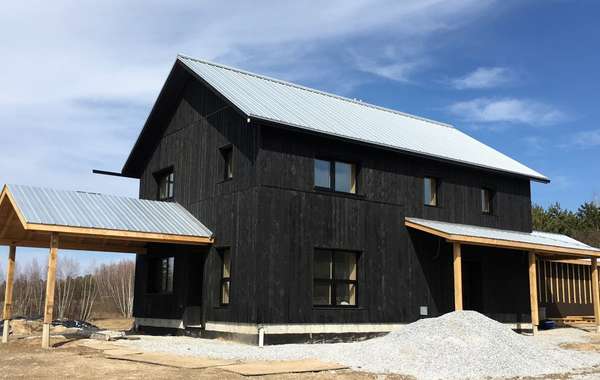
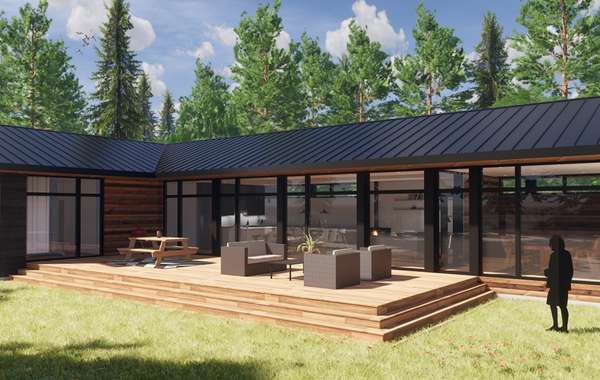
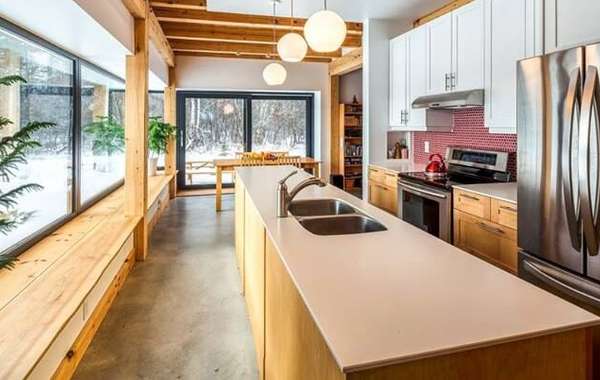

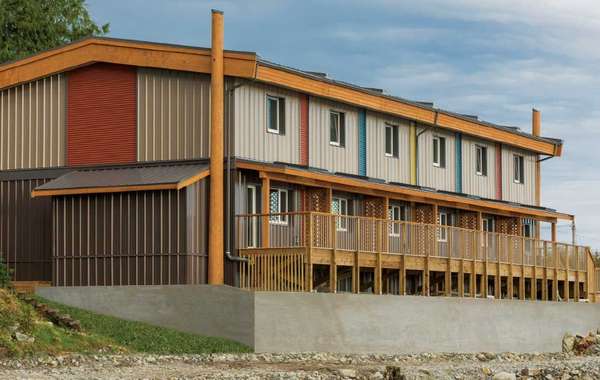
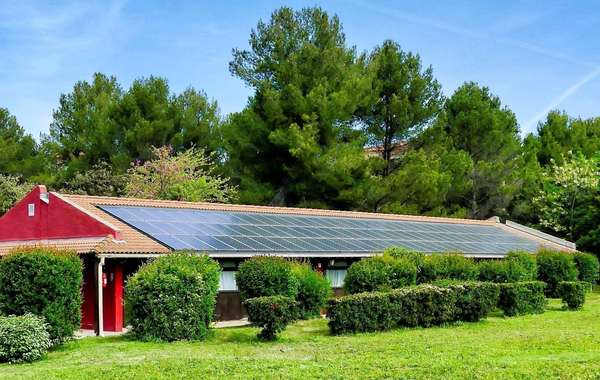
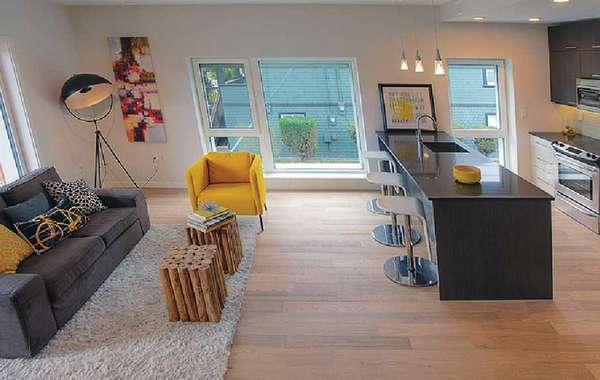
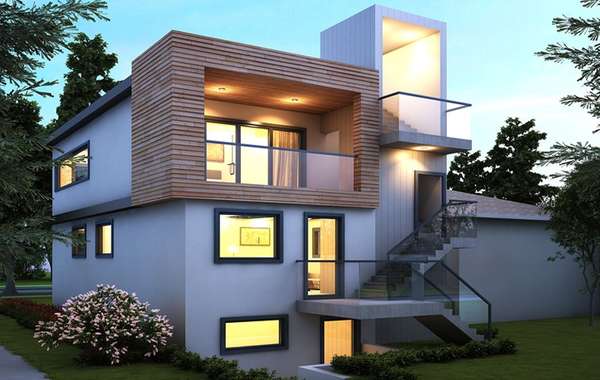
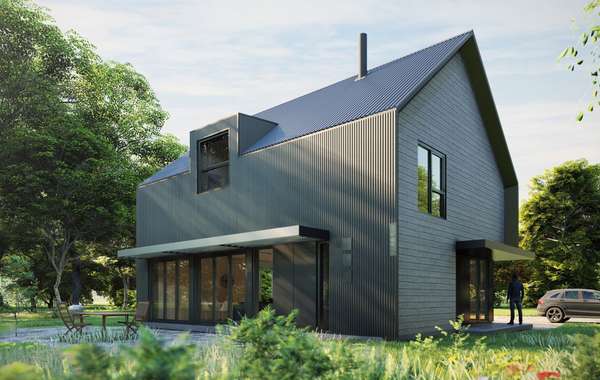
Great article. I love the idea of Passive House but always wondered if it was really worth it. Hard targets like what Passive House requires may make sense on a grand scale in terms of improvements over the average house, but I can't see it always making sense to apply one performance target to all the houses being built regardless of the climate they're built in. 'Damn near' seems good enough to me!
Hi Josh,
That is a healthy amount of skepticism and we share your views. A uniform requirement for performance doesn’t make sense when you consider the range of climate conditions across Canada, and the same for the States. The target of 15kWh per square meter was developed in Germany, which is a very different and much more gentle climate than Canada.
In Canada, the majority of PassiveHaus buzz (Passive House in Canada) is from the west coast which has a relatively mild climate and reasonably low electricity costs. In other words, none of the traditional 'drivers' such as high energy costs and wide temperature swings. Those of us in the middle of the continential land mass don't really get the cost-benefit equation of going for Passive House certification.
The measures required to make a building compliant or even 'near compliant' are clearly expensive and the figures typically reported by vested interests are clearly understated. It's the HVAC systems that I really don't get - how about just body heat? So, what is the payback in years? 15-20?
Hi Mark,
This article about the Damn near Passive House sort of addresses exactly your point, that there are times when it stops being worth the money to pursue a rigid energy-efficiency target like Passive House in certain climates.
Passive House Canada or PHIUS (Passive House Institute US) often speak of a 'hair dryer' as a source of heat given that the low heat load of a Passive house could be met with a hair dryer. But body heat might be a stetch, unless you have a large family of large people and you never leave the house. It may be more consistent to heat your home with dogs, a big one can throw off an easy 60 watts of heat, so it may take a dozen of them but you could then measure your home heating requirements in bags of Purina dog chow :)
Having all homes and buildings built to meet the Passive House standard would be a monumental improvement over all homes just meeting building code, but in some cases it is a little extreme. As for the HRV, here is a page on choosing between an ERV and HRV that may help you make a decision.
Good article. Would it be possible to purchase a set of prints for this home?
Hi Allan, I'm not sure if the plans would be for sale, but if so, your best bet is to try to contact the designer - John Gower Design. Best of luck.
The University of Sasketchewan in 1978 was building houses so well insulated that they could be heated for $50 a year using electric baseboard heat. They have twice the heating requirements of NYC. There is no need for strange house designs, passive solar siting, heat storage in the basement, panels on the roof, underground piping and expensive heat exchangers, or any other exotic features. Just a lot of insulation, an airtight home, and an air-to-air heat exchanger. In those days they used thick wall full of fiberglass insulation. Now we have high R foam. Some may question not using the "free heat" from passive solar. I have been in many of those houses and noticed the same things in all of them. The sunlight is too intense on a sunny day. You need sunglasses to sit in your living room. The lighting is high contrast-extreme brightness and shadows. Furniture and carpeting soon fade where the sunlight hits every day. On a sunny day the home can be uncomfortably warm. The aesthetics and comfort of passive solar can be too much for what it saves.
Another aspect is solar electric panels on the roof. First, design your home for solar. Use LED lighting and the most economical appliances. Use a tankless water heater to save a lot of money. Your home will use very little electricity. Then, don't put up any solar panels. The payback for installing electric panels on the roof will be measured in decades, even using the companies' generous estimates. It also follows the K.I.S.S. Principle. Living a cluster of high-tech gadgets is a way to have huge unexpected maintenance and repair bills.
If the goal is to build an economic and energy friendly home, how does geothermal heating/cooling plus solar fit into the equation?
Your article is the best on point I have found regarding cost effective passive housing and questioning whether pursuit of perfection - especially in Vermont and similar climates) - makes sense.
Have you come across a builder who seeks to marry geothermal + solar + mostly passive housing?
I can't think of any specific case that you ask about but no doubt someone has done such a combo. Geothermal is a great use of warmth from the ground, the only issue is the cost, which makes the return on investment time simply beyond reason for anything other than an extremely large home or a very poorly insulated one. So for new home construction, we would generally point you at aiming for super-insulated and airtight as a much more affordable option that geothermal. Read more about the pros and cons of geothermal heating here.
The stament- "The original Passive House certification program originates in Germany and is referred to as PHI - and the parameters of that program were specifically designed for that climate." Is actualy false. PHI has always used a physics model that was based on use in any climate as a accurate representation of the building energy performance. The first models were based more of heating dominating climates but now encompass just about any climate type out there. I think there are some competing interests that wanted to brand it as a "euro-centric" standard as to not have it be as competitive in the North American market.
But the substantial verity of climates that host sucesseful PHI projects by the count of tens of thousands dwarf any of the extremes in the US. In Canada Passive House is now standard. This FUD is unfortunate but easy to disprove by a simple project search online.
Hi Andrew
The originial Passive House metric was based on economics, and you could not possibly have a global all-encompassing recipe for optimal building energy performance without inputting regional climate data as well as regional construction and heating cost in each location around the world.
For your statement to be true, that would mean that a building performance rating system developed in Germany in the late 80s foresaw the future global spread of their system and right out of the gate used climate data, along with material and energy costs from across the globe to determine what level of insulation provided the best return on investment, custom to each location, and it conveniently worked out that 15 kWh/m²·yr was the optimal energy performance in all cases. I don't find that even remotely plausible, but feel free to explain further to make your case.